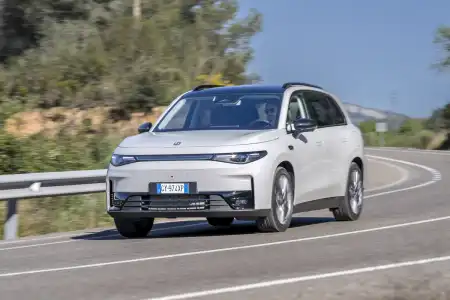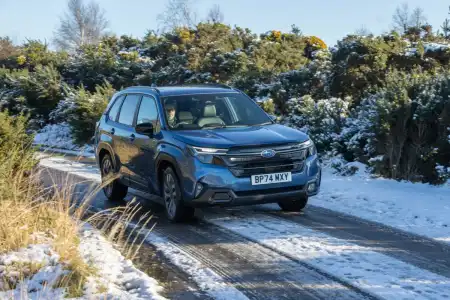- Nice interior
- Comfortable ride
- Superb Google-derived infotainment
- Underpowered TCe 90 petrol engine
- Not especially fun to drive
- Poor hybrid automatic gearbox
Introduction
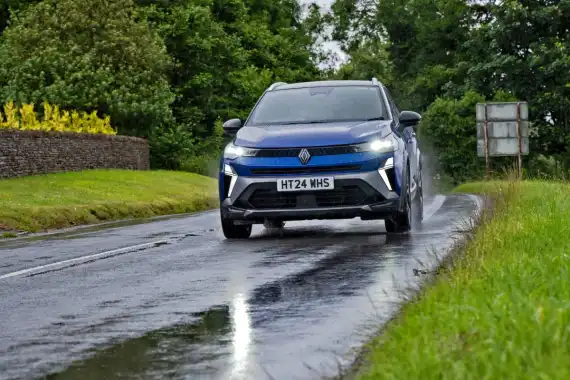
The Renault Captur has been a very popular car for the French manufacturer. Indeed, since its launch in 2013, it’s shifted over 194,000 of them – and that’s just in the UK. A second-generation model came along in 2019. Now, it's been given a mid-life facelift to align its styling with the rest of Renault's burgeoning SUV range, along with a few additional but significant tweaks.
The Captur may be an SUV, but it’s based on the same platform as the Clio, which has traditionally been one of Renault’s smallest cars. Granted, despite its appeal to those wanting a larger car, the Captur is the most compact SUV in Renault’s range (if you exclude the Megane, which has been reborn in crossover form).
Nowadays, the Captur is offered in three trim levels. Entry-level Evolution gets 17-inch alloys, a 10.4-inch OpenR Link infotainment touchscreen with Apple CarPlay and Android Auto, a six-speaker Arkamys sound system, and a seven-inch digital driver’s display. It also has fabric seats, a synthetic leather steering wheel, LED lights at the front and rear, and automatic headlights and wipers.
Techno upgrades to 18-inch alloys and a 10.25-inch digital driver’s display, adding roof bars, side parking sensors, power-folding door mirrors and an adjustable boot floor. Esprit Alpine trim gets even larger 19-inch alloys, two-tone paint with a black roof and pillars, aluminium sports pedals, interior styling elements, and electrical height adjustment in the front seats, which are heated with the steering wheel.
Only two powertrains remain nowadays: the TCe 90 petrol, with 90PS from its 1.0-litre engine, and the E-Tech full hybrid 145, with 145PS from its 1.6-litre mill. The former comes with a six-speed manual 'box, while the latter gets a six-speed automatic.
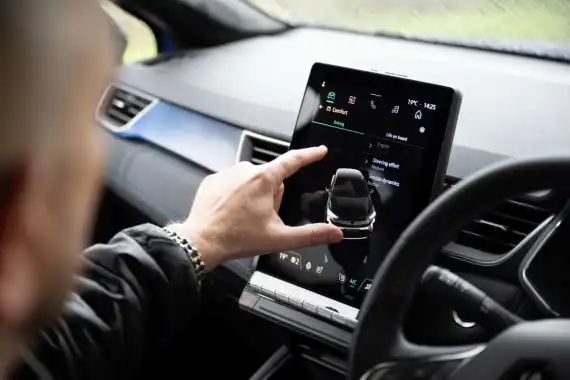
The front end of the Captur was starting to look somewhat dated, but now Renault has overhauled it to align it with its other SUVs.
As a result, the large ugly face is replaced by a much sleeker and horizontal design, with a thinned-out grille which sits seamlessly next to the newly shaped headlights.
The rest of the Captur has barely changed, with a jagged bottom in the doors adding some character. The drooping taillights remain, along with the previous cleaner look of the rear end. The interior is still very familiar, but that's no bad thing as the Captur's cabin always looked nice and still does today.
Renault’s use of silver and piano black surfaces adds an air of premium quality to the place, and it's very pleasant to sit in. Plenty of soft-touch materials and nicely upholstered seats are beyond our expectations from what are just “fabric” seats.
However, the headline is the infotainment, which isn’t ‘upgraded’ – it’s been ripped out, given to Google and replaced with an all-new system.
Google-native apps, services and navigation are the order of the day, which arguably gives Renault best-in-class equipment in this area.
The screen, now a portrait-oriented tablet that peeps over the top of the dashboard, is crisply clear and responds quickly to your inputs.
Furthermore, the menus are easy to navigate, and operation is seamless - however, the entry-level model doesn’t offer Google integration.
Likewise, the 10.25-inch digital driver's display isn't included on the entry-level model either; instead, it is replaced by a seven-inch display.
Physical climate controls are also retained in easy-to-use dials.
Considering the Renault model’s price point, it's a lovely cabin.
On The Road
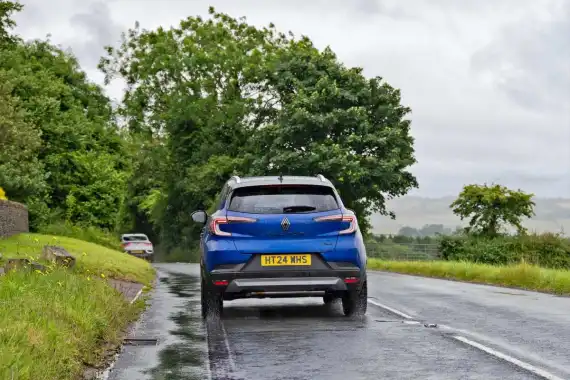
Handling & Performance
We are testing the E-Tech full hybrid 145 with the top Esprit Alpine trim because the TCe 90 is best avoided – unless you don’t mind a slow pace of life. It is underpowered and slower than its rivals, taking 14.3 seconds to get from 0 to 62mph. Think of it as an around-town car mainly for heavily congested urban areas.
While the hybrid is expensive, it's also more economical than the TCe 90, so the price difference may eventually be compensated. It is the one to go for if you drive on faster roads, although even this model can't go from 0 to 62mph in under 10.0 seconds – it does it in 10.6 - and goes on to 106mph. Unfortunately, it's slightly hamstrung by an indecisive automatic gearbox, which is complex in its setup and takes too long to decide what it's doing. What’s more, the powertrain can sound a little raucous when worked hard - but it’s no deal-breaker by any means.
Renault has made numerous changes to the Captur's setup, revising the suspension to improve traction and cornering ability. Despite these alterations, it hasn't had a transformative impact, and some of its rivals offer a more engaging driving experience.
Nevertheless, the Captur was always a car geared towards comfort levels, and that remains the case. On our test drive, the French vehicle quickly ironed out creases and bumps in the road, even though our Esprit Alpine car has the largest 19-inch alloys. In the bends, though, there’s still plenty of understeer and body lean, but it is a step forward on the previous Captur.
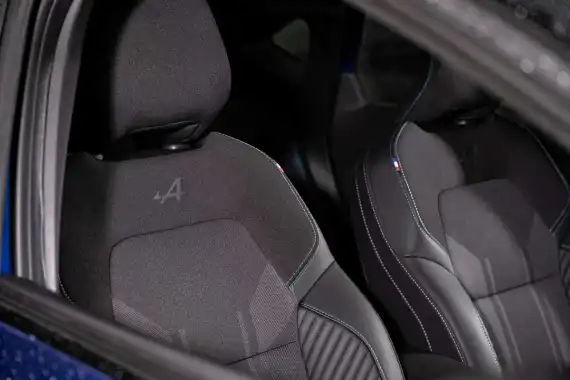
Space & Practicality
As we’re testing the top model, we get powered height adjustment, making it slightly easier to find a comfy driving position.
A lack of adjustable lumbar support doesn’t do it any favours, though - especially as some challengers offer this with four-way powered adjustment.
The driving position is pleasingly high, and forward visibility is impressive, thanks to Renault's keeping the windscreen pillars thin. They are thicker at the back, which doesn’t help rearward visibility. However, parking sensors and a rear-view camera mitigate the problem. The headroom and legroom are good in the front, but the former is compromised in the back due to the sloping roofline. The latter is helped because the back seats will slide backwards and forwards by 16 centimetres.
All that sliding malarkey helps maximise boot space, which is as large as 616 litres, with the seats as far forward as possible (although any rear-seat occupants will need short legs if they're still going to fit). Due to the batteries underneath the floor, that figure drops to 480 litres in the hybrid. Sliding the seats all the way back reduces the available room to 484 litres in the petrol and 348 litres in the hybrid.
Folding the rear seats away altogether increases capacity to 1,596 litres and 1,458 litres, respectively. However, they only divide in a 60:40 arrangement rather than the more versatile 40:20:40 split. But that's typical of this class of vehicle. Renault insists, however, on unconventionally calling it a 70:30 split, just for the avoidance of doubt.
You get an adjustable modular boot floor as standard on all but the entry-level trim, where it’s an optional extra, which can help reduce the boot lip. The cabin also has a respectable amount of storage capacity - over 27 litres, according to the French automaker - including a generously sized glovebox.
Ownership
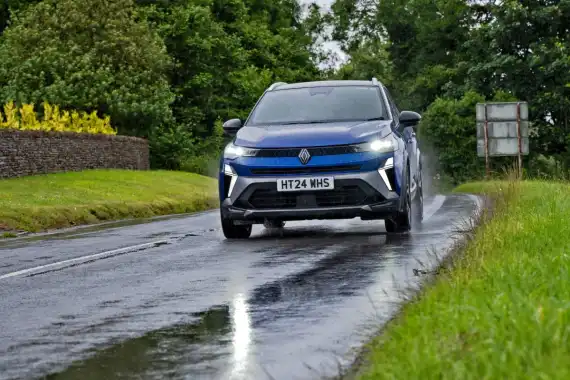
Running Costs
The E-Tech full hybrid 145 has excellent fuel economy, managing 60mpg and returning as little as 107g/km of CO2. By comparison, the smaller, underpowered TCe 90 petrol returns just 47mpg and emits up to 135g/km of CO2.
When you factor that into the equation, the hybrid appears to better justify its higher list price - and it's a case of 'no contest' when it comes to choosing which one to have as a company car. Nevertheless, if your employer provides your vehicle, some foes offer plug-in hybrids, attracting even more savings in Benefit In Kind tax.
As for warranties, Renault offers a three-year guarantee – unlimited for the first two years but limited to 60,000 miles in the third year. Meanwhile, the hybrid's battery system gets a separate eight-year, 100,000-mile warranty.
Verdict
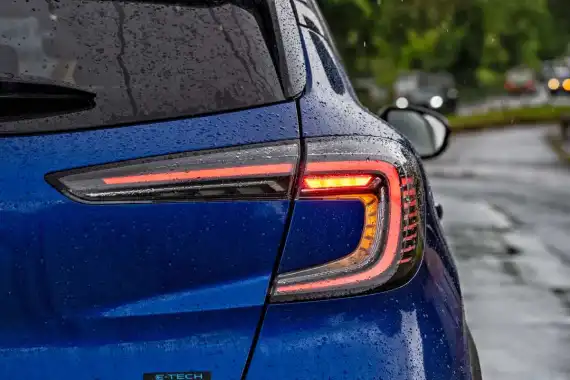
The new 2024 Renault Captur has a lot going in its favour. The improvements to its handling are welcomed, but the tweaks still need to transform the driving experience, which remains superior in some of Renault's competitors.
Nevertheless, the adjustments add a lot – especially the Google infotainment system and the heavily revised front end. And it's enough to boost the appeal of the new Captur significantly. A lovely interior, comfortable driving dynamics and the economy of the hybrid make it an even sweeter deal, although we’d avoid the TCe 90 petrol unit.
Sidestepping the entry-level model is best, or you won't get the Google system. At the same time, the Esprit Alpine trim pushes the price higher than necessary without adding anything you desperately need, so the Techno provides a happy middle ground. It is unsurprising, then, that Renault UK says this is - or is expected to be - the most popular trim. The Captur has always been a well-liked car – and it’s not hard to see why.

